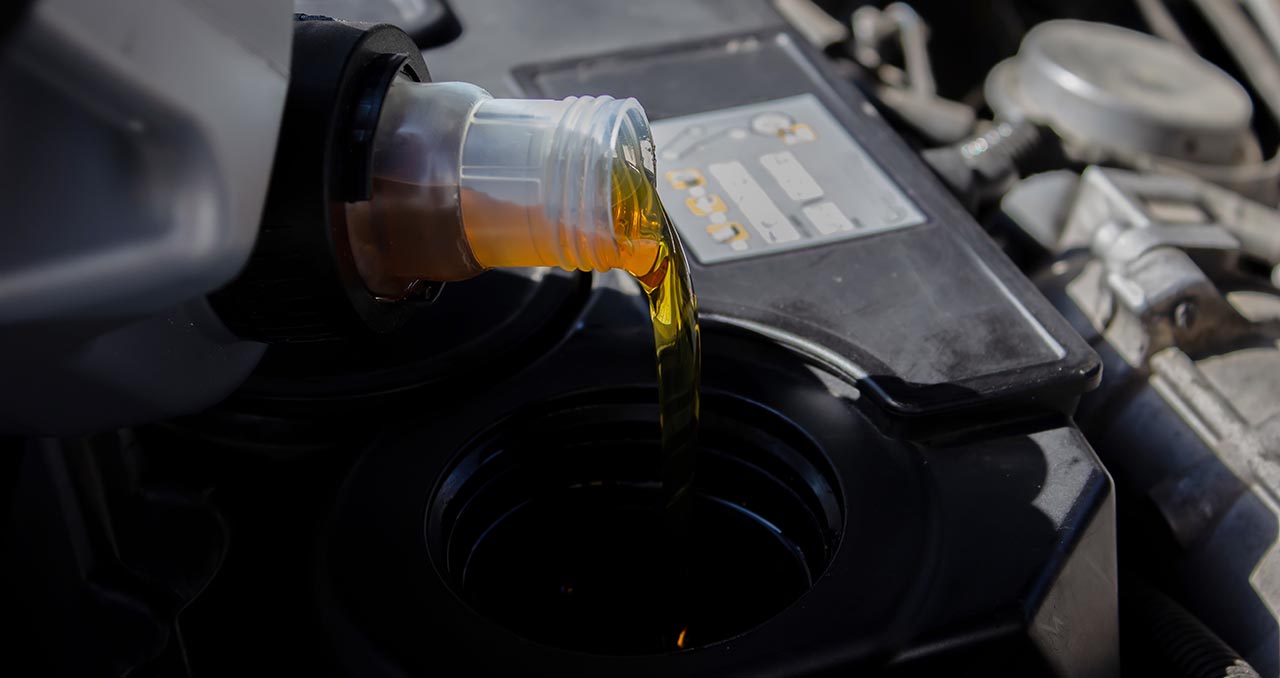Changing the oil in your car and conducting regular maintenance are essential steps to ensure the longevity and optimal performance of your vehicle. Below is a detailed guide on how to change your car's oil and take care of it effectively.
How to Change Car Oil
Tools and Materials Needed:
– Engine oil
– Oil filter
– Wrench set
– Oil pan
– Funnel
– Gloves
– Jack and jack stands (if necessary)
Step 1: Prepare Your Vehicle
Ensure your car is on a level surface and the engine is cool. If your car is low, you may need to lift it with a jack and secure it on jack stands to access the oil drain plug and filter.
Step 2: Drain the Old Oil
Locate the oil drain plug under your car and place an oil pan beneath it. Using a wrench, carefully remove the plug and allow the oil to drain out completely. Be sure to wear gloves to avoid getting dirty or burned by hot oil.
Step 3: Replace the Oil Filter
While the oil is draining, locate the oil filter. Use an oil filter wrench to remove the old filter. Apply a bit of the new oil to lubricate the rubber seal of the new filter before screwing it on by hand. Do not overtighten.
Step 4: Add New Oil
Once the old oil is completely drained and the plug is back in place, remove the oil filler cap on top of your engine. Use a funnel to pour in the new oil, according to the quantity specified in your vehicle’s manual.
Step 5: Check Oil Level
After adding the oil, wait a few minutes to let it settle. Use the dipstick to check the oil level, ensuring it's within the correct range. Add more oil if necessary.
Step 6: Dispose of Old Oil Properly
Take the used oil and filter to a recycling center or an auto shop that accepts used oil. Do not dispose of oil improperly as it is harmful to the environment.

Taking Care of Your Car
Regular maintenance extends beyond oil changes. Here are key areas to focus on:
1. Regular Checks and Maintenance:
– Brakes: Inspect brake pads and replace them if they are worn out.
– Tires: Check tire pressure and tread depth monthly. Rotate tires as recommended in your vehicle's manual to ensure even wear.
– Fluid Levels: Regularly check and top up fluids, including brake fluid, transmission fluid, coolant, and windshield washer fluid.
– Battery: Inspect the battery for corrosion and ensure it is securely mounted.
2. Keep It Clean:
– Exterior: Wash your car regularly to prevent rust and remove dirt and grime that can damage the paint.
– Interior: Vacuum the interior and clean surfaces to maintain the vehicle's appearance and comfort.
3. Drive Responsibly:
Avoid harsh accelerations, sudden stops, and overloading your vehicle. Driving responsibly can reduce wear and tear on your car.
4. Regular Inspections:
Have your vehicle inspected by a professional mechanic at least once a year or as recommended by your manufacturer. They can catch issues early, preventing costly repairs down the line.
Taking care of your car through regular maintenance and responsible driving habits can significantly extend its life and enhance its performance. Remember, investing time and effort into your vehicle's upkeep is not just about preventing breakdowns; it's about ensuring safety, reliability, and enjoyment over the years.


